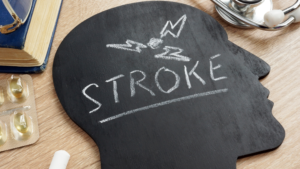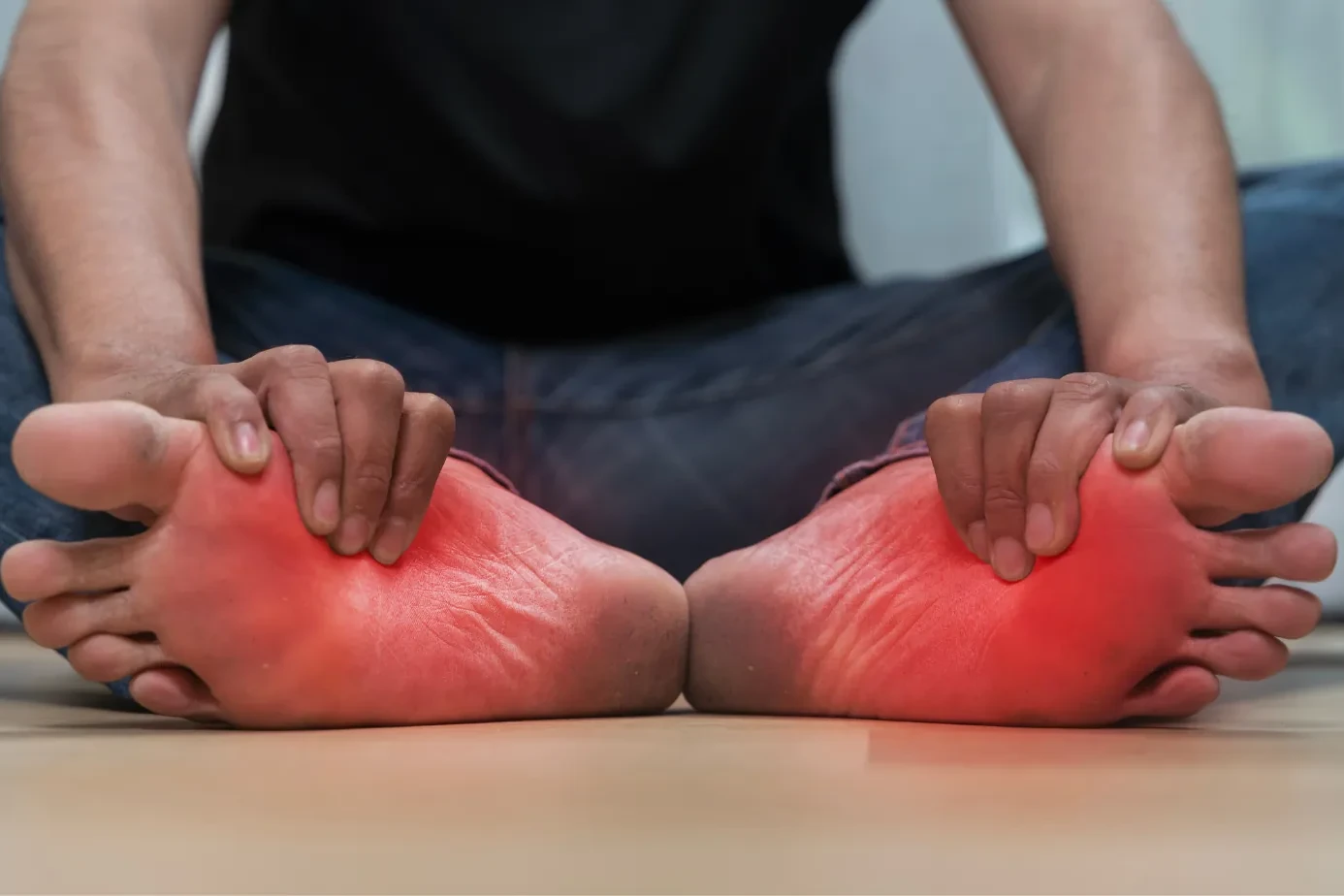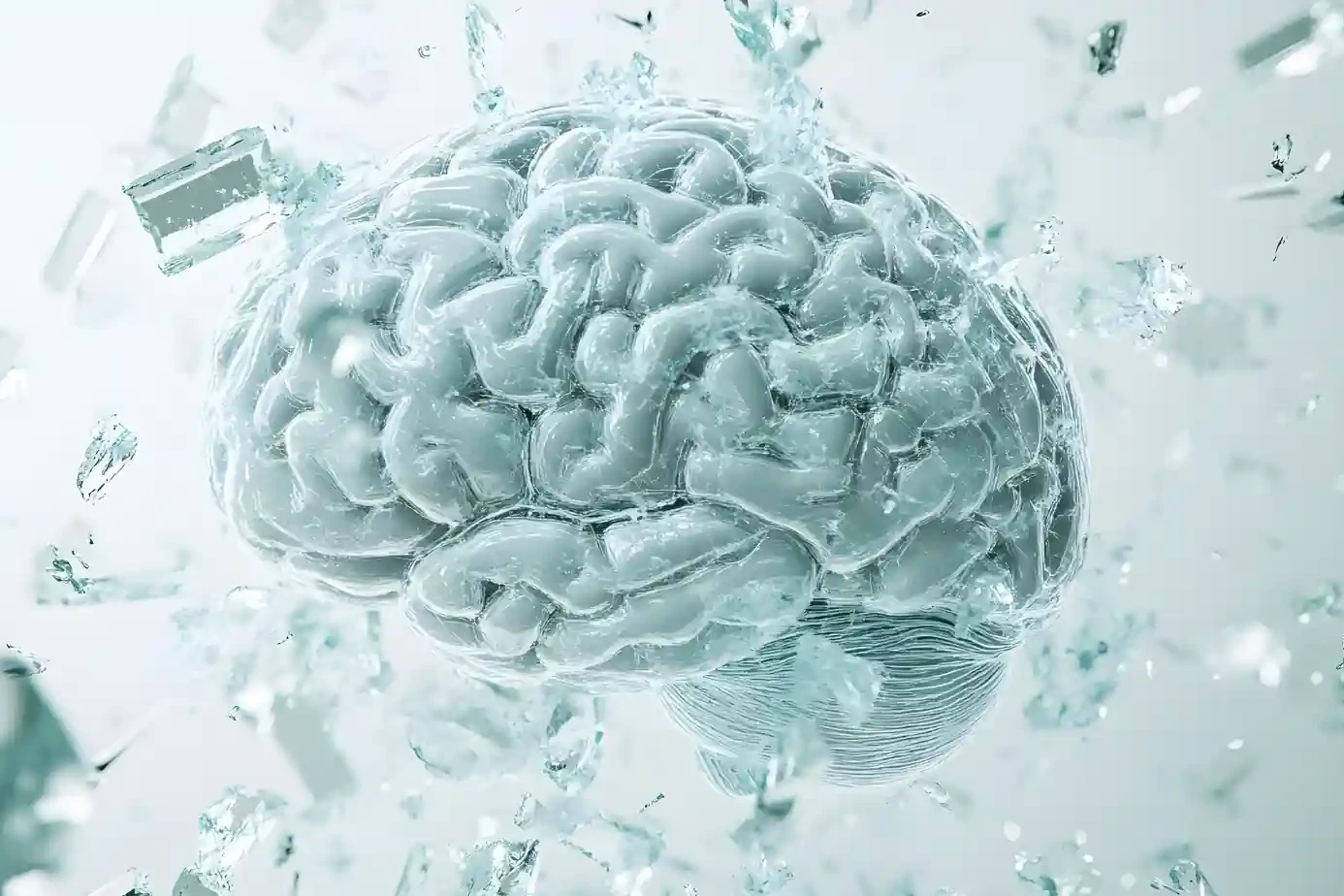Sex and stroke—two words that rarely appear in the same sentence, yet for some, they intersect in unexpected and serious ways.
As a neurologist, I’m often asked:
“Is Sex A Common Cause Of Brain Stroke”
It’s an important question—and the answer is yes , although it’s not common . Sexual activity has been associated with several types of strokes. Understanding how and why it happens can help us be more aware and better prepared.
Table of Contents
ToggleWhat Happens in the Brain During Sex?
Sex is a physical activity like any other. It raises your heart rate, blood pressure, and emotional excitement—all of which place temporary stress on the body. For most people, this is perfectly safe. But in individuals with underlying conditions, especially uncontrolled hypertension, diabetes, obesity , or vascular abnormalities, that stress can be enough to trigger a stroke .
There are reported cases of strokes occurring:
- During sexual activity
- Immediately after orgasm
This can include:
- Ischemic strokes , where a clot blocks blood flow to the brain.
- Hemorrhagic strokes , where a vessel ruptures and bleeds into the brain.
How Exactly Can Sex Lead to a Stroke?
Sex doesn’t cause a stroke in a healthy individual. But it can act as a trigger in someone who already has risk factors.
Here are a few ways strokes can occur in this context:
1. Clot Migration
During intense physical activity like sex, clots from the legs (especially in people with deep vein thrombosis or certain heart conditions) can dislodge and travel to the brain, leading to an ischemic stroke.
2. Subarachnoid Hemorrhage
This is a life-threatening type of stroke where a brain aneurysm bursts , causing bleeding in the space around the brain. It has been linked to a sudden rise in blood pressure—something that can happen during sexual climax.
The warning sign?
A sudden, severe headache often described as “the worst headache of your life,” possibly with vomiting, confusion, or even loss of consciousness.
3. Cervical Artery Dissection
Sometimes, the arteries in the neck —which supply blood to the brain—can get torn or stretched due to certain neck movements or pressure. If the vessel wall is compromised, it can lead to clot formation and eventually a stroke.
Recognizing Stroke in Time: The 7-S Rule
In stroke care, time is brain . The faster a stroke is recognized and treated, the better the outcomes.
Here’s a simple way to remember the warning signs using the 7 S Rule :
- Sudden onset of symptoms
- Slurred speech or trouble speaking
- Side Weakness in the face, arm, or leg
- Spinning or vertigo with imbalance
- Sight loss or visual disturbances
- Severe headache , with or without nausea
- Seconds count—note the time symptoms began and go to the hospital immediately
You don’t need to be a doctor to diagnose a stroke— you just need to be aware .
Is Stroke Treatable?

Absolutely. In fact, stroke is one of the few neurological emergencies where early treatment can significantly change the outcome.
But here’s the catch— the brain starts dying quickly once blood flow is cut off.
A 2006 study showed that during an ischemic stroke:
- A patient loses nearly 2 million brain cells every minute
- Around 14 billion nerve connections are destroyed per minute
- Over 7 miles of neural pathways are lost every minute
This is why acting fast is not just important—it’s critical.
What Is the Key to Stroke Recovery?
It’s not just your doctor, or the hospital, or the medication.
It’s YOU.
The single most important factor in stroke care is how quickly the patient or their family acts . Recognizing symptoms and getting to the hospital in time is the difference between recovery and lifelong disability .
Are There Treatments Available?

Yes. Stroke treatment depends on the type of stroke .
For Ischemic Strokes (blocked blood vessels):
- A clot-busting drug called tPA can be administered within 3 to 4.5 hours of symptom onset.
- For large vessel strokes, a procedure called Mechanical Thrombectomy can be performed up to 24 hours later (earlier is always better). This is done through a tiny incision in the groin— no open surgery required —and has shown excellent results in helping patients recover and regain independence.
For Hemorrhagic Strokes (bleeding in the brain):
Treatment often involves managing blood pressure , relieving pressure in the skull, and sometimes surgery to repair the ruptured vessel.
So, Is Sex Safe?
For the vast majority of people, yes —sex is safe and healthy.
But if you:
- Have uncontrolled high blood pressure
- Live with heart disease
- Have a history of aneurysm or stroke
- Smoke, drink excessively, or have poorly managed diabetes
…then it’s worth talking to your doctor about your stroke risk —and not just in relation to sex.
Remember, sex isn’t a common cause of stroke , but it can be a trigger in people already at risk.
Final Thoughts
Sex-related strokes are rare, but they are real. Knowing your risk, managing chronic conditions, and being aware of stroke symptoms can save your life—or someone else’s.
Stroke doesn’t always come with warning. But awareness always comes with power.
If something doesn’t feel right, don’t wait. Get help. Because every second counts when it comes to saving the brain .
If you found this article helpful, feel free to share it. Let’s raise awareness, one symptom and one conversation at a time.
Need a consultation? Visit DrChandrilChugh.com or connect with a neurologist near you.
About The Author

This article is medically reviewed by Dr. Chandril Chugh, Board-Certified Neurologist, providing expert insights and reliable health information.
Dr. Chandril Chugh is a U.S.-trained neurologist with over a decade of experience. Known for his compassionate care, he specializes in treating neurological conditions such as migraines, epilepsy, and Parkinson’s disease. Dr. Chugh is highly regarded for his patient-centered approach and dedication to providing personalized care.
→ Book a consultation to discover which remedies suit your needs best.




